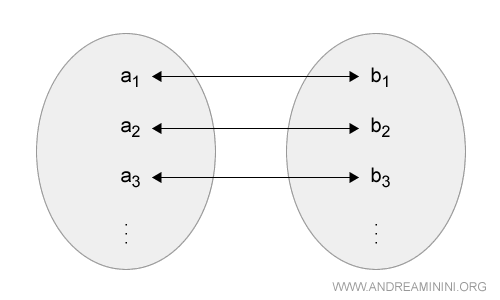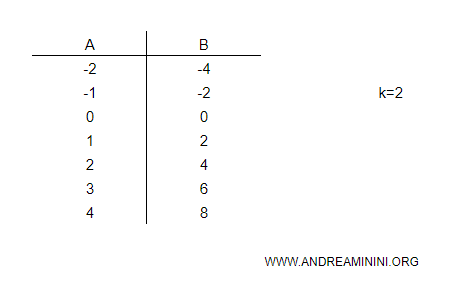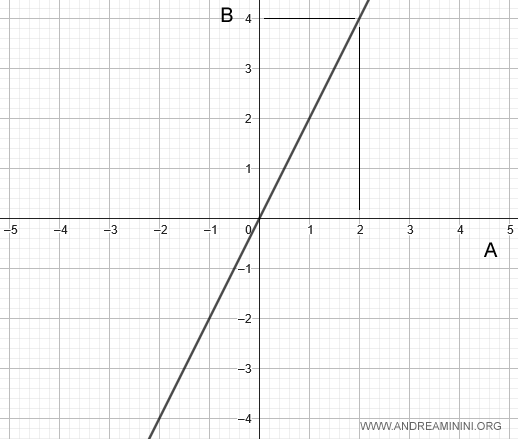Directly Proportional Quantities
Directly proportional quantities are two related quantities that share a linear relationship.
This means that as one quantity increases, the other increases in direct proportion, and the same applies if one decreases.
Mathematically, two quantities A and B are directly proportional if there is a constant k such that:
$$ A = k \cdot B $$
The constant k is known as the proportionality constant or proportionality ratio.
$$ k = \frac{A}{B} $$
In simpler terms, there is a one-to-one correspondence between these two quantities.

If you take any two elements a1 and a2 from the set of quantity A, their ratio will equal the ratio of the corresponding elements b1 and b2 in the set of quantity B.
$$ \frac{a_1}{a_2 }= \frac{b_1}{b_2} $$
This can be expressed as: "a1 is to a2 as b1 is to b2."
$$ a_1 : a_2 = b_1 : b_2 $$
Of course, this is only valid if a2 and b2 are non-zero, as dividing by zero is undefined.
For example, if A is directly proportional to B with a proportionality constant of k=2, then when B is 3, A will be 6; and when B is 5, A will be 10.

For instance, consider two elements from A, 1 and 4, whose ratio is 0.25: $$ \frac{1}{4} = 0.25 $$ The corresponding elements from B are 2 and 8, and their ratio is also 0.25: $$ \frac{2}{8} = 0.25 $$
On a graph, directly proportional quantities are represented by a straight line that passes through the origin.

The Direct Proportionality Theorem
The necessary and sufficient condition for two homogeneous quantities A and B to be directly proportional is:
- If two elements of A are equal, their corresponding elements in B are also equal.
- The sum of two elements of A corresponds to the sum of the respective elements in B.
These two conditions ensure a one-to-one correspondence between quantities A and B.
